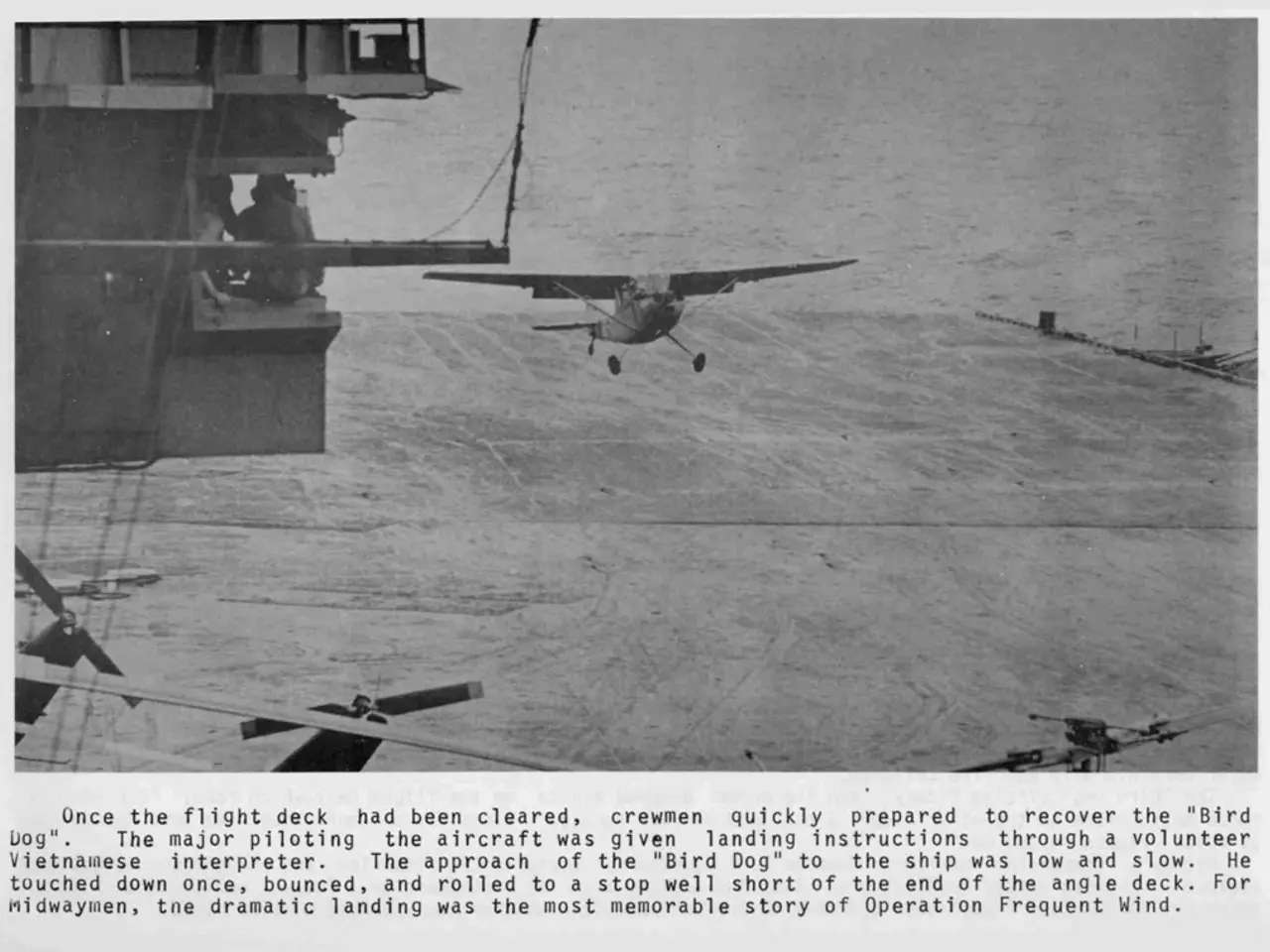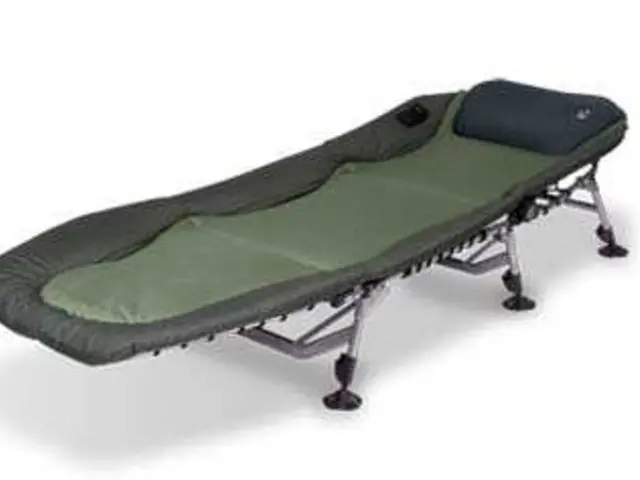Aid flights from Germany to Gaza have commenced
The German Armed Forces have launched an aid operation for the distressed people in the Gaza Strip, dropping food and medical supplies from the air to help alleviate the crisis in the region. However, airdrops face significant challenges in delivering aid effectively in densely populated urban conflict zones like Gaza.
Germany has been a significant contributor to humanitarian aid in the Palestinian territories since the Gaza war in October 2023, with over 330 million euros in aid provided to date. More than 95% of this aid has been used for the population in the Gaza Strip, which is currently on the brink of famine, according to UN reports.
Aid workers consider airdrops an ineffective and expensive solution due to the relatively small quantities that can reach the coastal strip. A recent airdrop by German transport aircraft dropped 34 pallets containing nearly 14 tons of food and medical supplies over the area.
Delivering aid by air in densely populated, urban conflict zones carries a high risk of dropping supplies in unsafe or inaccessible locations, potentially harming civilians or failing to reach intended recipients. Airdrops also tend to be smaller in volume compared to trucks and require more frequent missions to meet large-scale needs, complicating logistics.
Even after airdrops, safe and equitable distribution must occur, which in Gaza is complicated due to hostile environments and militarized zones controlling movements. Ground distribution sites are located in conflict zones, forcing civilians to traverse dangerous terrain, leading to deaths and injuries when Palestinians attempt to access aid points.
Densely populated areas with ongoing military conflict pose risks of aid packages being intercepted, damaged, or becoming targets themselves, and civilians may face dangers both from military action and crowding around aid drops.
Compared to ground transport, which can deliver larger volumes more continuously, airdrops remain an emergency measure with inherent dangers and logistical difficulties, especially in Gaza’s urban context. Ground convoys require secured corridors and “humanitarian pauses” but provide more controlled distribution once inside.
Foreign Minister Johann Wadephul (CDU) has urged the Israeli government to allow the UN and international aid organizations secure access and distribution of aid supplies. The Israeli military has resumed airdrops in coordination with international aid groups, dropping pallets of basic foodstuffs such as flour and canned goods to reach the population amid ongoing hostilities.
However, the majority of the victims are said to be women, minors, and the elderly, and for many people in Gaza, including many children, it's a matter of bare survival due to lack of food and medicine. Germany has announced additional funding for the UN World Food Program WFP to support bakeries and soup kitchens in Gaza, as well as financing for a field hospital of the Maltese in Gaza City.
In summary, while airdrops can deliver immediate relief bypassing some ground access barriers, their limitations in accuracy, scale, and distribution safety in a densely populated and militarized area like Gaza make them less effective as the sole or primary means of aid delivery. They complement rather than replace ground transport, which faces severe but somewhat more manageable operational constraints.
- Despite the German Armed Forces using airdrops as an emergency measure to deliver aid in densely populated conflict zones like Gaza, science and academia have raised concerns about the effectiveness of this method due to potential harm to civilians and poor distribution, as reported in general news.
- In the midst of ongoing war-and-conflicts in the Gaza Strip, the health-and-wellness of its population is significantly impacted, with many families relying on humanitarian aid, as highlighted by political discussions.
- To address the issue of food and medical supply shortages in the Gaza Strip and improve the overall quality of life, the German government has pledged more funding for radio broadcasts in the region, aiming to educate the public on essential health and wellness practices.








